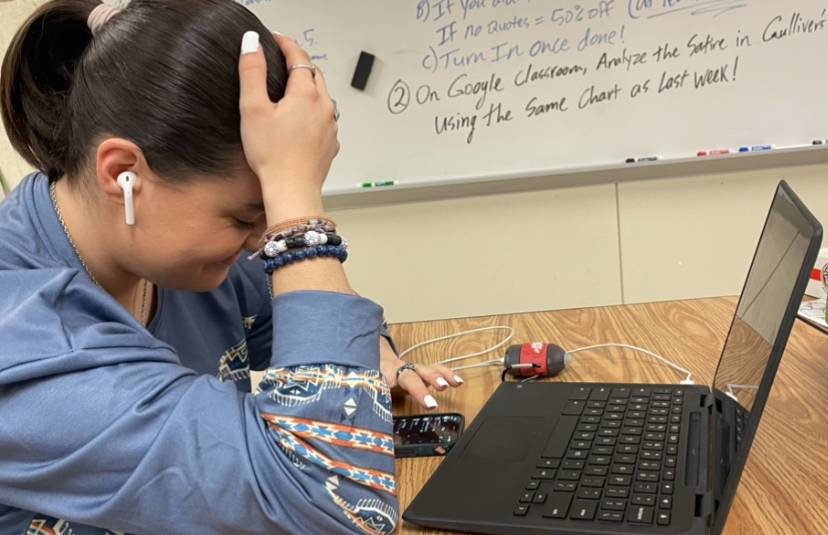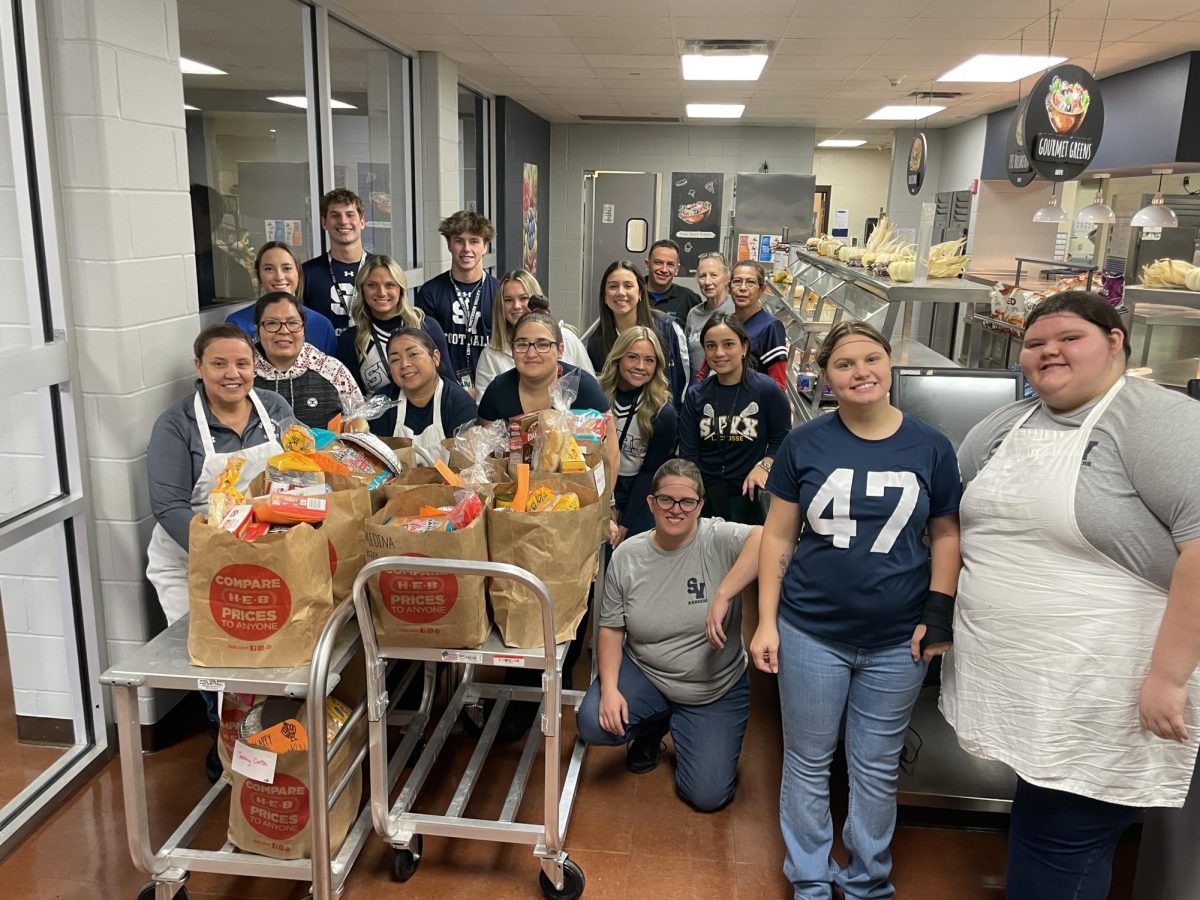For the first time, seniors who failed to meet specific scores on their SAT are put into a new advisory in efforts to reach a ‘college ready’ goal by taking the Texas Success Initiative (TSI) course through Texas College Bridge.
The Texas Education Agency (TEA) and the Texas Higher Education Coordinating Board (THECB) enforce a faculty team to develop College and Career Readiness Standards (CCRS).
Which will allow students to succeed in entry level college courses offered at Texas public communities, technical colleges, universities and avoid future remedial college courses.
“Different schools do it different ways,” Principal Stacia Snyder said. “Where we are with it now is that we have to provide the kids with instruction during the school day, so the advisory plan is what we’re using to do that.”
Implementing these laws became tough when planning how they would execute this.
“[A] difficult task was to create a schedule that met the state guidelines,” Assistant Principal Melissa Mcllwain said. “It meant we would have to change our current system which was working so smoothly.”
To implement these laws, administrators found difficulty in creating and scheduling something that worked.
“We have a lot of transition this year on campus,” Snyder said. “As soon as we figured out who was doing what and who was hired [as a] teacher, an administrator, or paraprofessional, whatever the need was, we would then move forward.”
Planning the next step, administrators began looking for teachers who could effectively teach this course to students.
“We knew we had to pick teachers,” Academic dean Alicia Parker said. “We looked for teachers that made good relationships with kids.”
The plan, ready, was first introduced to seniors.
Every qualifying senior was given a pass to the library.
Upon entering a large projection was pulled up in front and in the back, rows of chairs waited to be filled. Surrounding the projection is faculty who took part in making the advisory and two teachers.
Seniors, confused, sit in silence and wait for the presentation to start.
Administrators explained the TSI, advisory changes, and how all of the information can improve their college experience and spending.
Though much was left out and left the seniors confused, the only thing that remained in their minds was how poorly they scored on the SAT.
“There needed to be more of an education piece,” Academic and career advisor Lauren Keisling said. “They needed to give a little talk about the TSI/ college readiness component and explain why it was important, what they could do with it, and what happens if they’re missing it. So that [the seniors] have a better understanding of what the point is and how it was going to benefit them if they did work through the program.”
The majority of students are reluctant to participate.
With the understanding of why students wish to go back to their regular schedule Keisling begins to take the time out of her day to meet with each individual student involved.
She asks a few questions to make sure the TSI is a program they wish to continue to work through.
“They needed to align the purpose of the class with kids who need it,” Keisling said. “They needed to start with a sign up so if you know you need this here is the opportunity to get it done during the day. After that they needed to target people and say ‘Hey i’m telling you, you need this. Come get it done’”
As the semester progresses student after student is dismissed from the assigned advisory, either out of neglect or completion.
“Is any system perfect? No,” Snyder said. “But as a district and a school we are doing a good job of helping provide kids certain elements that are needed.”








